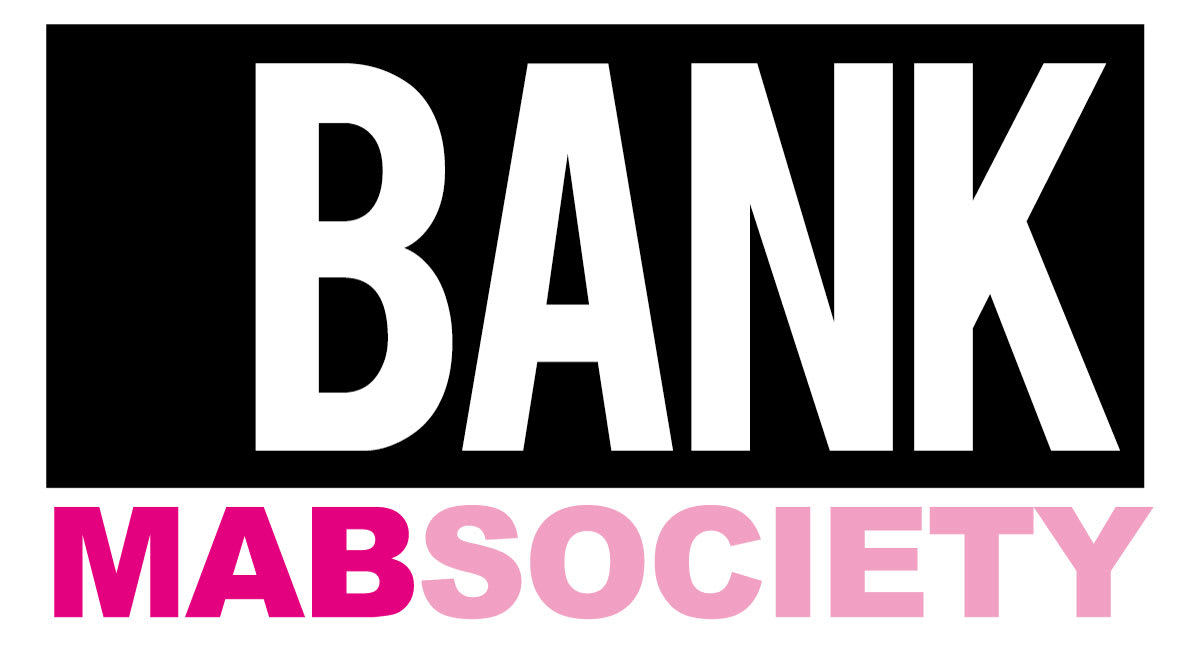﹒Hyperallergic
Participants include established New York galleries to tastemaking cool-kids like Sans Titre (Paris) and Bank (Shanghai/New York). Many of the gallerists have arrived in New York only to participate in Esther, and not in one of the nine other fairs happening this week, which speaks to both the art market and fair circuit in mid-2025 — as well as the singular experience Esther provides.
Domestic spaces often beckon smaller art (which also fits in with market trends as of late), but indeed many of the works on display are diminutive in scale: Wenjue’s 12-by-8-inch canvases at Bank. You know, the kind that can fit in suitcases, which, in fact, is how quite a few international dealers brought the works into the country. With the confusing US tariffs on contemporary art, as well as the rise of shipping costs and a soft market, gallerists are thinking in crafty ways to support their artists while maintaining their bottom line.
﹒The Art Newspaper
Mathieu Borysevicz, the founder of the Shanghai-based gallery Bank, recently opened a temporary outpost in New York. He is returning to Esther after it “covered our costs and then some” last year, he says, with the sale of a work by the Dominican-born painter Bony Ramirez.
“Everybody came and checked it out,” he says of the inaugural edition. “The turnout was great. We met all kinds of new people, being not a local gallery at the time. The pace of it allowed you to have longer, more meaningful conversations.” This year Bank is showing works by Wenjue, an artist born in Beijing in 2001, whom Borysevicz discovered on Instagram.
﹒Galerie Magazine
“The Ultimate Guide to New York Art Week 2025”
Back for a second edition at the historic New York Estonian House, Esther II presents an art fair alternative—a collaborative exhibition featuring projects by 25 international galleries from 17 cities worldwide. Displayed in the entrance hall, wooden meeting rooms, grand halls, and clubrooms, and expanding into previously unused spaces on the upper floors, the Estonian House serves as a stage for artworks, site-specific installations, and various performances and events. BANK contributes Wenjue’s collage-relief paintings that portray comic-inspired narratives featuring gamblers with conflicting social identities.
﹒Observer
Esther returnees should keep in mind that any and all differences they spot between this year’s fair and last year’s are more than likely intentional. Most of the 2024 participants aren’t returning—only three galleries are back: Kogo from Estonia, Kim? Contemporary Art Centre from Latvia and Shanghai’s BANK, which recently opened a temporary satellite space in Nolita. That turnover isn’t accidental, according to Samel and Temnikova. Esther was created specifically for younger and smaller galleries often priced out of the city’s major fairs, and Samel and Temnikova have committed to keeping the model flexible, accessible and responsive.
· Artsy
Alternative art fair Esther announced that its second edition will run from May 6th to 10th, coinciding with Frieze New York 2025.
Dubbed "Esther II," this year, the fair will introduce a slate of primarily new galleries, featuring 25 international exhibitors from 18 cities, including Shanghai, Tokyo, Budapest, and Ho Chi Minh City, among others. Meanwhile, the only returning galleries are Latvia's Kim? Contemporary Art Centre, Estonia's Kogo Gallery, and BANK, which operates in Shanghai and New York.”
﹒Spaghetti Boost
At Esther II located in the historic Estonian House on East 34th Street I had a chance to speak to Mathieu Borysevicz, founder of BANK MAB SOCIETY, Shanghai and New York-based gallery fostering intra- and intercultural exchanges.
Nina: Who is the artist you are presenting at Esther II this year, and why this specific selection?
Mathieu Borysevicz: This year we are showing the work of Wenjue- Shanghai based and the youngest artist on our roster. He was born in 2001 and makes weird, wacky, paintings that are usually quite large, and thickly impastoed to the point of being sculptural. For Esther we are showing a selection of his miniatures. We chose to do a “solo” presentation of Wenjue
1. because of Esther’s spatial economy
2. as a way to introduce a young artist more comprehensively
3. because Wenjue’s works are something that you’ve never seen before and last but not least
4. we are setting the foundation for Wenjue’s solo at BANK NYC
Nina: What are the advantages and disadvantages of presenting at the small boutique art fairs, such as Esther, where you are participating for the second time this year?
Mathieu Borysevicz: I think in general that people are fatigued by the big box fairs. While they are a necessary evil sometimes, it’s always the same predictable format, players, and content. The small fairs like Esther offer discovery, surprise, and intrigue. It is more experiential in the architecture, curation, and attitude. It is also a reasonable, justifiable investment and is born from a warmer, accessible community. I really don’t see any disadvantages of participating in a far like Esther. Granted, an awful lot is going on this Art Week in NYC, but I see there’s only upside to being there.



